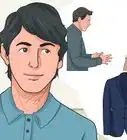This article was co-authored by Jordan Stolch. Jordan Stolch is an Image Strategist, Style Advisor, and the Founder of MiKADO - a concierge personal styling firm. With over a decade of experience, Jordan specializes in helping people eliminate the confusion and insecurities associated with how to dress in order to build a powerful image and use clothing to their strategic advantage. Jordan trains entrepreneurs, business leaders, and corporate executives in the foundations of "power dressing", from some of the country's preeminent companies such as Morgan Stanley, Deloitte, Berkshire Hathaway, Universal Music Group, Starbucks, and Disney. She works with clients both in-person and virtually, teaching them how to take the confusion out of style so they can operate at a higher level. Jordan earned her BA in Psychology from the University of Waterloo and studied Merchandise Marketing at the Fashion Institute of Technology (FIDM).
This article has been viewed 140,627 times.
Dressing for a job interview on a hot and humid day presents some challenges. You want to stay cool and comfortable while still presenting a professional and polished image. You have one chance to make a first impression, and dressing appropriately for a job interview is one way to make a good impression. This involves prioritizing your professional image over your personal comfort for this occasion.
Steps
Dressing Conventionally Feminine
-
1Choose a dress. Women have the option of wearing a dress instead of a suit. The dress should only be sleeveless if you plan to wear a suit jacket with it. The dress’s skirt length should reach your knees. Choose a neutral or muted color. Do not wear a wild or overly colorful print, unless you are in a design or highly creative field.
-
2Choose a suit. Choose a suit that is made of light-weight fabric, such as wool or cotton. If you are choosing a wool suit, a half-lining or quarter-lining in the suit jacket will help the suit breathe and keep you cooler.[1] Half-lined jackets have lining along the back on the upper half, in the sleeves, and along the sides of the jacket. There is no lining on the back on the bottom half.
- Choose blue, gray or a lighter-colored suit. Stay away from black, which is usually somber.
- Stay away from linen, which has a tendency to wrinkle very quickly. This might result in your outfit looking poorly put together or slovenly.
- If the suit has a skirt, make sure it is an appropriate length. If the skirt reaches your knees, then it will be a good conservative length. Moreover, you can be assured that when you sit, your skirt will cover your upper legs properly.
Advertisement -
3Select a shirt that complements your suit. A silk or rayon shell can be a good choice, as long as you are wearing a suit jacket to cover up your arms. A crisp cotton shirt in white also always looks light and airy.
- Do not choose a sleeveless shirt. Tank tops are definitely not a good choice for a job interview, and even tasteful sleeveless shirts can be questionable for some people. If you wear a shirt with very short or cap sleeves, be sure you are not showing any bra strap.
- Make sure your shirt is modest. Select a shirt that does not reveal much cleavage and that fits well
-
4Wear a suit jacket with a dress. If you opt for a dress, you can still pair this with a suit jacket to complete your look.
- You can also wear a tasteful belt around your waist with the suit jacket. However, this might limit your ability to take off your suit jacket while you are traveling to your interview.
- Keep in mind that the office where you’re interviewing is likely to be air-conditioned. It might even be chilly. Wearing a suit jacket may actually keep you comfortable in your interview.
-
5Wear underarm shields. Underarm shields or underarm pads are disposable inserts that you attach to your shirt’s underarm area to protect your clothes from sweat, stains and odor. These are available online or at stores like Walmart and Target, and are priced at $5-$15.
-
6Leave the dressy scarf at home. During the rest of the year, you might pair a dressy silk scarf with your outfit. But in the summer, this added layer will probably be too much and add to the heat that your body might already be feeling.
-
7Wear pantyhose. It might be tempting to go without covering your feet or legs in order to keep cool. But this is an unprofessional look, particularly in a corporate environment.
- Wear pantyhose that closely matches your natural skin tone.
-
8Choose understated jewelry. Jewelry should not be distracting either to someone’s eyes or ears. If your jewelry is clanking around, your interviewer might spend more time concentrating on that than on your responses to their questions.
- If you are in a design or highly creative industry, you may be able to wear jewelry with a little more panache. Go with the norms in your industry, and if you’re unsure, err on the side of caution.
-
9Wear closed-toe shoes. Opt for more conservative shoes by not wearing sandals. Choose dress shoes, flats or heels (opt for low to medium height heels) in a neutral color that complements your outfit.
- If the work environment is really casual, you might be able to wear sandals, but you should definitely never wear flip-flops to an interview. Check with the hiring manager to determine the dress code.
- If you are interviewing somewhere that demands safe shoes, such as a construction site, a hospital or elsewhere, be sure to wear shoes that are appropriate for the location.
- Even if you wear pantyhose, your feet might slip or slide in your shoes when it is hot outside. Buy padded inserts like Foot Petals, which are adhesive inserts to help keep your foot stabilized in your shoe.[2]
-
10Shine your shoes. Shine and polish your shoes before the interview to remove any scuff marks. Use shoe polish that matches your shoes. Follow the instructions on the bottle of shoe polish.
Dressing Conventionally Masculine
-
1Wear a light-weight suit. Choose a suit that is made of light-weight fabric, such as wool or cotton. If you are choosing a wool suit, a half-lining or quarter-lining will help the suit breathe and keep you cooler.[3] Half-lined jackets have lining along the back on the upper half, in the sleeves, and along the sides of the jacket. There is no lining on the back on the bottom half.
- Choose blue, gray or a lighter-colored suit. Stay away from black, which is usually somber.
- Stay away from linen, which has a tendency to wrinkle very quickly. This might result in your outfit looking poorly put together or slovenly.
- Keep in mind that the office where you’re interviewing is likely to be air-conditioned. It might even be chilly. Wearing a suit jacket may actually keep you comfortable in your interview.
-
2Choose slacks that fit well. Wear slacks that match a suit jacket. The slacks should fit well: not too tight and not too loose.
-
3Choose a long-sleeved dress shirt that complements your suit. Choose a long-sleeved dress shirt in a light color (white, blue, light gray). A crisp cotton shirt in white always looks light and airy. A single color or a conservatively striped shirt is best. The shirt should fit well: not too tight and not too loose.
- Short-sleeved dress shirts for men, while offering a cooler option for your arms, are not recommended.
- Choose lightweight, breathable shirt material. Cotton and tropical-weight wool are good options. Look for poplin, seersucker or madras cotton material, or fresco wool material.
-
4Wear underarm shields. Underarm shields or underarm pads are disposable inserts that you attach to your shirt’s underarm area to protect your clothes from sweat, stains and odor. These are available online or at stores like Walmart and Target, and are priced at $5-$15.
- Keep in mind that the office where you’re interviewing is likely to be air-conditioned. It might even be chilly. Wearing a suit jacket may actually keep you comfortable in your interview.
-
5Wear a silk tie. Choose a light-weight silk tie in a color that complements your suit. Don’t choose a tie with a wild pattern or wild colors. A red tie might also be a little over the top for an interview.
- When deciding not to wear a tie, you should still wear a collared shirt. Leave just the top button open.
-
6Wear socks. It might be tempting to go without covering your feet or legs in order to keep cool. But this is an unprofessional look, particularly in a corporate environment.
- Choose a neutral color for your socks. Do not wear wild patterned socks.
-
7Wear closed-toe shoes. Opt for more conservative shoes by not wearing sandals. Wear dress shoes that are either brown or black.
- If the work environment is really casual, you might be able to wear sandals, but you should definitely never wear flip-flops or crocs to an interview. Check with the hiring manager to determine the dress code.
- If you are interviewing somewhere that demands safe shoes, such as a construction site, a hospital or elsewhere, be sure to wear shoes that are appropriate for the location.
-
8Shine your shoes. Shine and polish your shoes before the interview to remove any scuff marks. Use shoe polish that matches your shoes. Follow the instructions on the bottle of shoe polish.
Grooming for Women
-
1Wear subtle makeup. Now is not the time to experiment with Cleopatra eyeliner or wild lip colors. Choose a soft brown or navy blue eyeliner and a complementary eye shadow. Use a touch of lipstick in soft shades of pink or red.
- Your makeup might run or smudge a little bit if you start to sweat. Be prepared to touch it up when you arrive at your interview site.
-
2Get your hair trimmed. Short haircuts should get a fresh trim no more than a week before the interview. Longer hair may not need to be trimmed, although if you have split or rough-looking ends, these should be trimmed off to clean up your hair.
-
3Wear long hair away from your face and neck. When worn down, long hair can make you feel and look very hot. It can cling to your face and neck, adding to the heat you may already be feeling. Choose a hairdo that is simple, secure and cool. Avoid an elaborate hairdo that is likely to result in stray pieces that stick to your neck and face in the heat.
-
4Go light on the perfume. When your body temperature rises and you start to sweat, your perfume can become stronger. If you already are wearing strong perfume or cologne, it can quickly become overpowering in the summer heat. A quick dab of perfume on your wrists and behind your ears is likely all you’ll need.
-
5Trim your fingernails. Neatly clip and file your fingernails to ensure they look tidy. You don’t need to get a manicure, although it might be a nice treat to prepare yourself for your interview.
-
6Wear neutral or subtle nail polish, or none at all. Your nail polish shouldn’t be the first thing someone notices about you. Refrain from wild colors or prints on your fingernails.
Grooming for Men
-
1Give yourself a clean shave or neatly trim your facial hair. Take the time to do a close, clean shave. If you have a beard and/or mustache, trim them to keep your face looking neat and tidy.
-
2Get your hair trimmed. Short haircuts should get a fresh trim no more than a week before the interview. Longer hair may not need to be trimmed, although if you have split or rough-looking ends, these should be trimmed off to clean up your hair.
-
3Wear long hair away from your face and neck. If you have long hair, wear it in a neat ponytail. When worn down, long hair can make you feel and look very hot. It can cling to your face and neck, adding to the heat you may already be feeling.
-
4Go light on the cologne. When your body temperature rises and you start to sweat, your perfume or cologne can become stronger. If you already are wearing strong cologne, it can quickly become overpowering in the summer heat. A slight splash of cologne on your face is likely all you’ll need.
-
5Trim your fingernails. Neatly clip and file your fingernails to ensure they look tidy.
Preparing your Outfit
-
1Ask the hiring manager about the dress code. You will want to dress appropriately for the work culture of the company or organization with which you are interviewing.[4] Call or email the hiring manager to confirm your interview and ask about the dress code.
- Check with the norms in your industry, and if you are unsure, opt for something more conservative and neutral.
- An interview is not a time to be showing your personal style.[5]
-
2Clean, mend and iron your clothes before your interview. Make sure your clothes are free from stains, missing buttons, loose seams, and wrinkles. You don’t want to show up to your interview looking slovenly.
-
3Test out your outfit. Make sure you have all the parts to your interview outfit a day ahead of time. Try on the entire outfit to see how comfortable you will be in the heat or sun.
Traveling to the Job Interview
-
1Bring a few supplies with you. To help you combat looking sweaty or hot when you arrive at your interview, be prepared with a few supplies such as a travel-sized antiperspirant, moist towelettes, a small bottle of baby powder, and a handkerchief for dabbing away sweat on your brow. Bring a bottle of water to keep yourself hydrated.
-
2Bring a professional briefcase or padded folder. Leave the oversized bag at home, along with the backpack and wheeled suitcase. Complete your image with a professional-looking briefcase or bag in a neutral color.
-
3Remove your suit jacket while you are traveling. If you are wearing a suit jacket, you can opt to leave it off while you’re traveling to your interview. This way, you will not overheat. Carefully carry it, though, so it does not get wrinkled in transit.
- Hang your suit jacket on a hanger in your car to keep it from wrinkling or gathering lint.
-
4Don’t wear a hat. It is not recommended that you wear a hat before your interview, as it could mess up your hair and make you sweat more around your hairline. While a hat is generally good to wear when you’re outside in the sunshine, this particular occasion is not the most appropriate time for wearing a hat.
-
5Take a cab. If you need to take public transit to your interview, you might want to spring for a cab this time. This will eliminate the need to wait outside for a bus or other transportation in hot weather.
- If you are walking more than a few blocks, you also might consider taking a cab.
-
6Arrive early at the interview. Give yourself plenty of time before the interview by arriving early. If you are rushing to get there on time, you will likely be flustered and sweatier than if you had more time to spare.
-
7Locate the restroom and check your appearance. When you arrive, find the restroom and take a few minutes to refresh your look. This is a good time to take a few deep breaths and to make sure you look calm and collected.
- Run your hands under cool water in the restroom. This will help cool you off by lowering your body temperature slightly. It will also leave your hands free of sweat.[6]
- Blot away sweat with moist towelettes. Apply baby powder to blot moist areas of your skin on your face.
- Reapply your antiperspirant. Be careful not to get any antiperspirant on your clothes.
- Touch up your makeup and hair. Clean up any smudged makeup and reapply lipstick to look fresh. Smooth any flyaway hair.
-
8Take off your sunglasses. If you plan to wear sunglasses while you are outside, be sure to take them off and put them in your briefcase or purse before you go in for your interview. Do not wear them on top of your head.
Community Q&A
-
QuestionAs a high schooler, how do I prepare for a job interview?
 Community AnswerBehave professionally, no matter what job you're applying for. Depending on the job, you can search what kinds of questions employers will most likely ask. Usually they will ask you about any experience or qualifications written on your resume, questions about the company (do your research!), and even situational questions such as, "Give me an example of a time when you had a work or school related problem and explain what you did to fix it." They could even ask questions that have nothing to do with you or the company just to see how quickly you think.
Community AnswerBehave professionally, no matter what job you're applying for. Depending on the job, you can search what kinds of questions employers will most likely ask. Usually they will ask you about any experience or qualifications written on your resume, questions about the company (do your research!), and even situational questions such as, "Give me an example of a time when you had a work or school related problem and explain what you did to fix it." They could even ask questions that have nothing to do with you or the company just to see how quickly you think.
References
- ↑ http://digiday.com/agencies/job-talk-dress-summer-interview/
- ↑ http://www.forbes.com/sites/nextavenue/2013/07/29/how-to-look-professional-in-boiling-hot-weather/2/
- ↑ http://digiday.com/agencies/job-talk-dress-summer-interview/
- ↑ Jordan Stolch. Image Consultant & Style Advisor. Expert Interview. 27 May 2021.
- ↑ Jordan Stolch. Image Consultant & Style Advisor. Expert Interview. 27 May 2021.
- ↑ http://www.city-data.com/forum/tucson/1619172-business-attire-fashion-tucson-heat-phoenix.html#ixzz3KxpHDpxm
About This Article
Hot temperatures can make it hard to dress for a job interview in the summer, but if you’re smart about your fabric choices, you can stay comfortable! If you’d like to wear a suit with a jacket, consider a jacket that’s half- or quarter-lined, and opt for a breathable fabric like cotton or lightweight wool. If you prefer a more feminine style, opt for a knee-length dress with a light jacket. Even in the hot weather, though, opt for closed-toe shoes, which are more professional-looking than open-toed sandals. Keep reading for tips on how to find out what a company’s dress code is like!
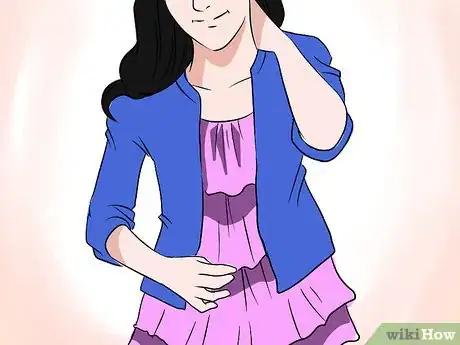
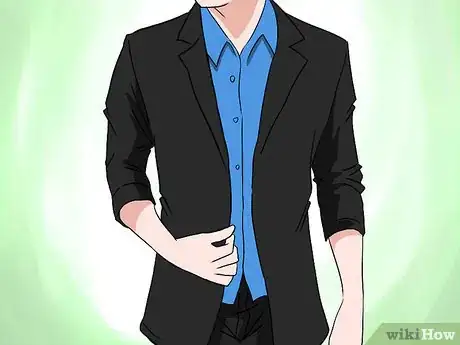
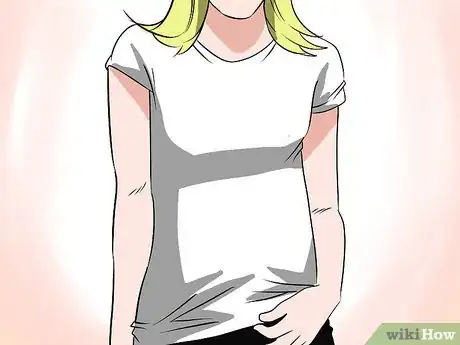
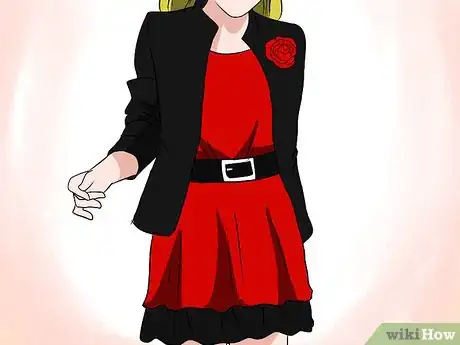
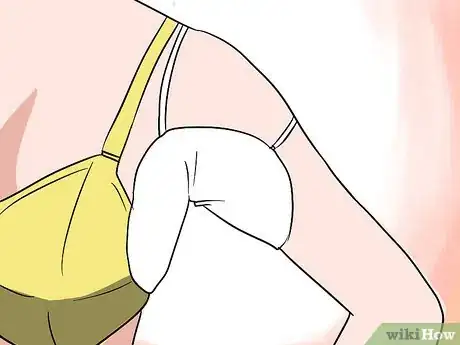
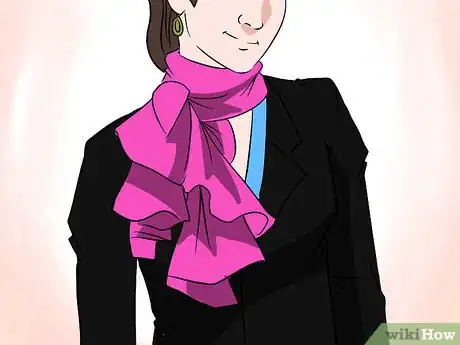
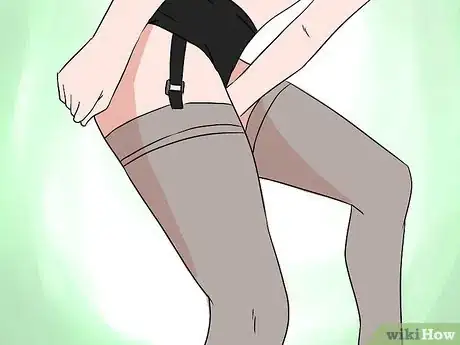
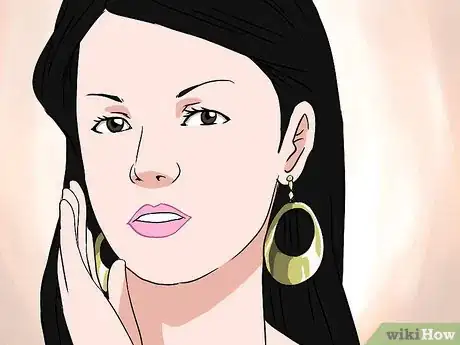
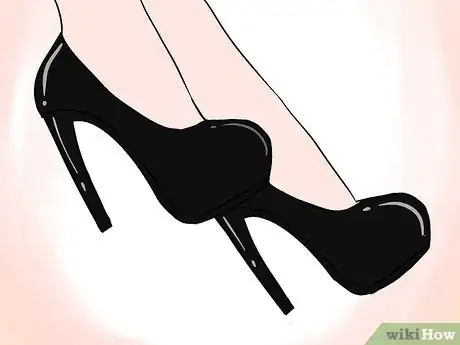
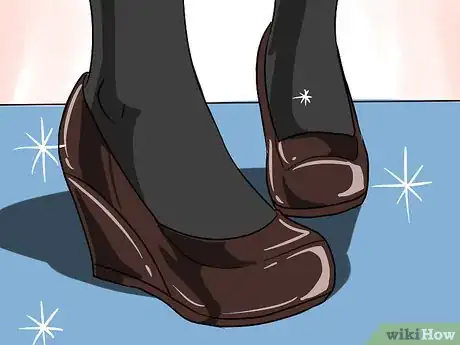
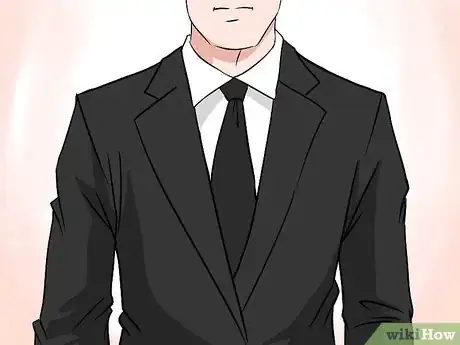
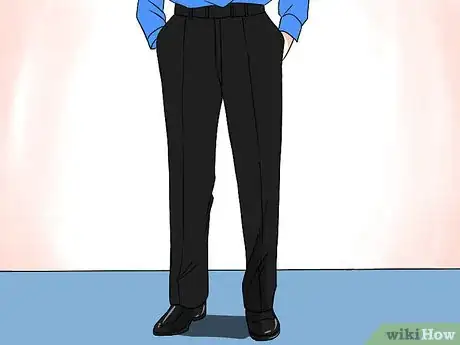
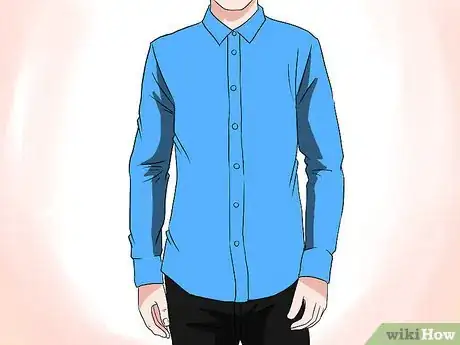
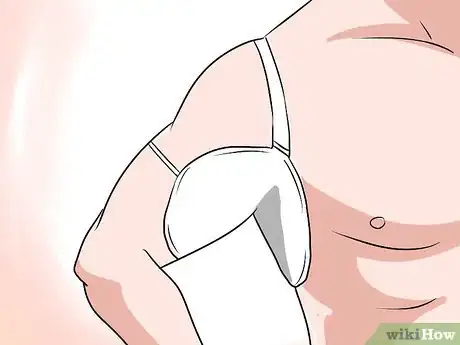
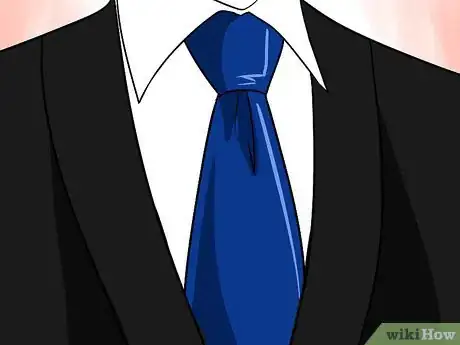
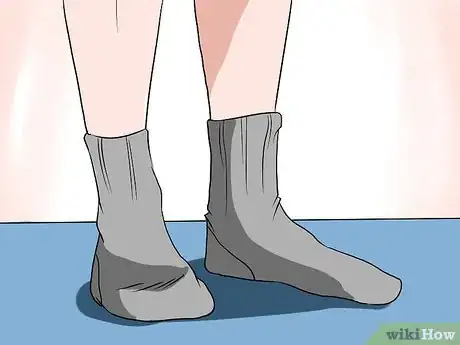
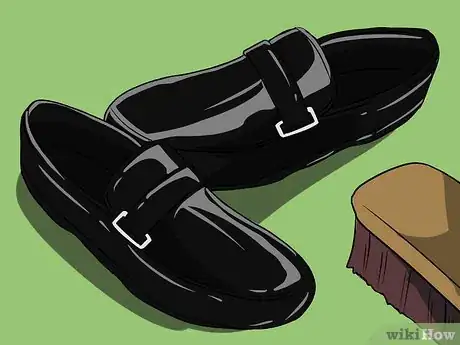
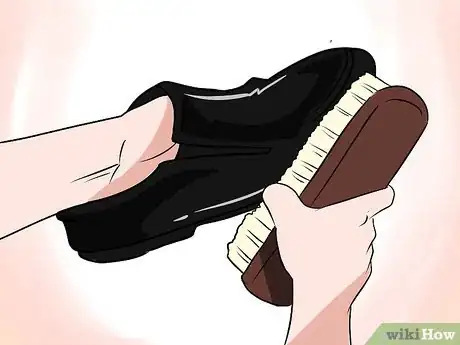
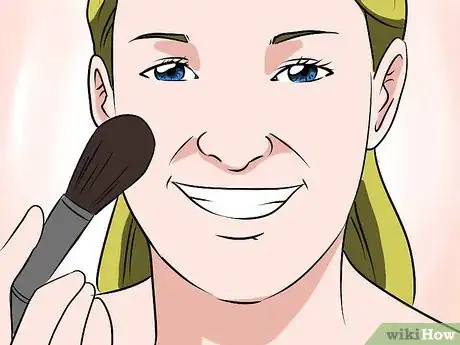
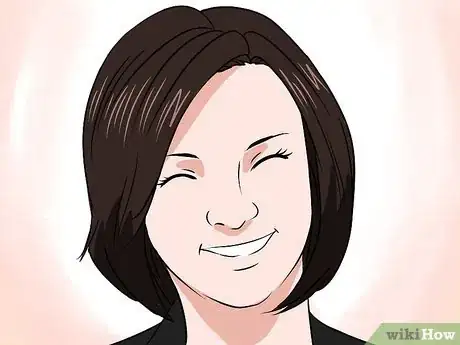
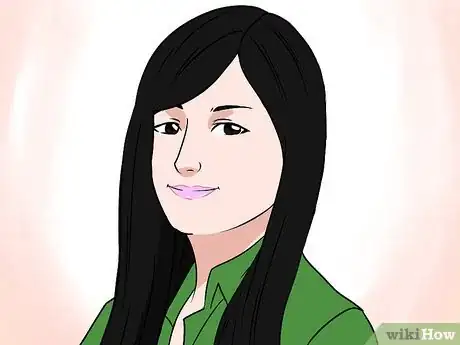
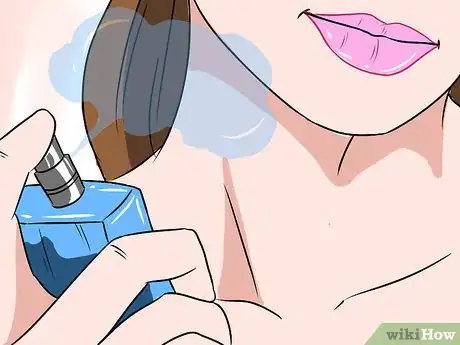
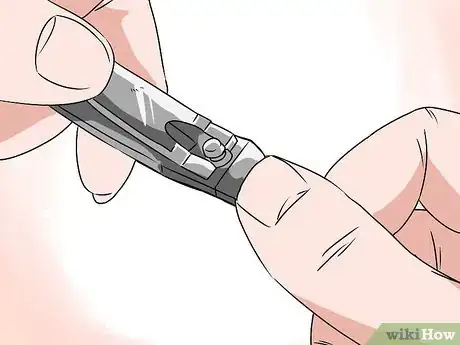
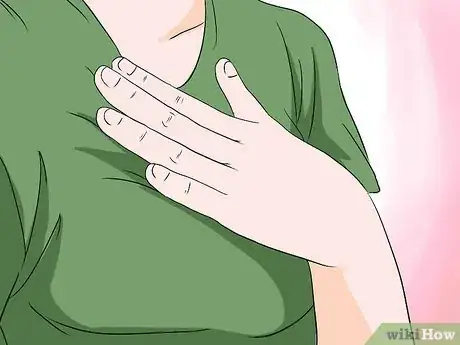
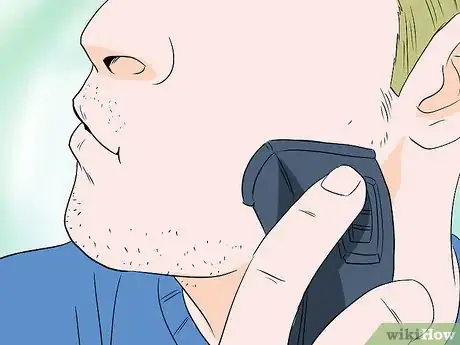
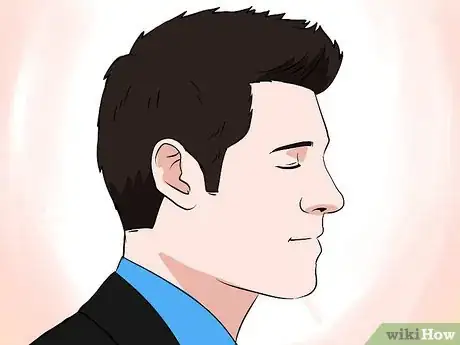
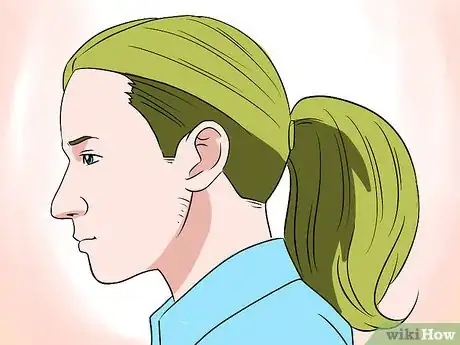
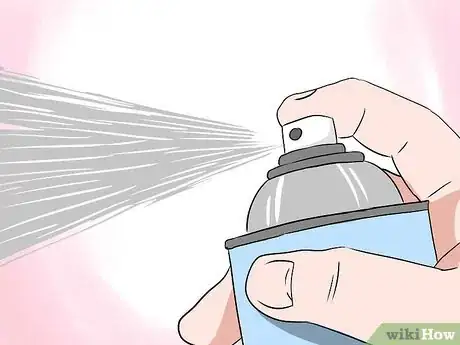
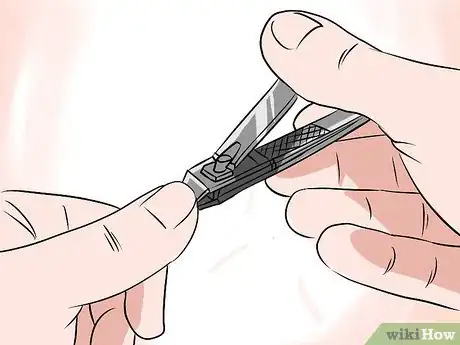


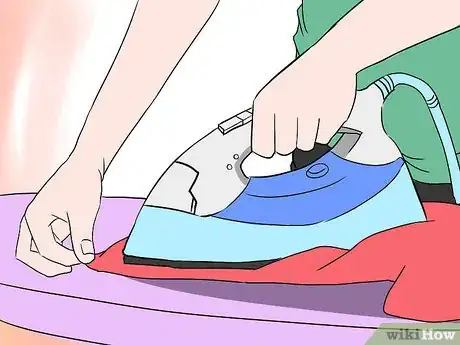
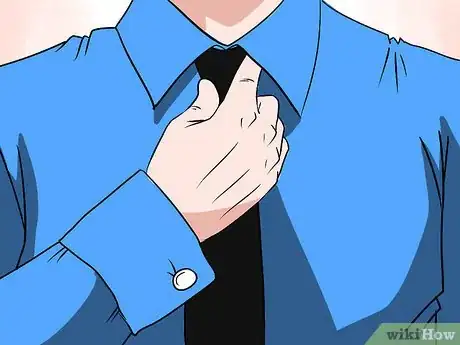
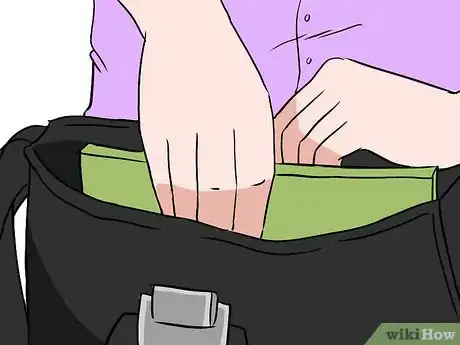
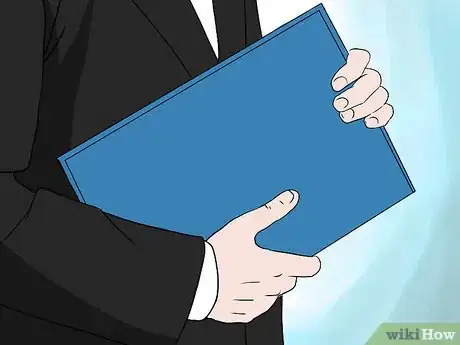
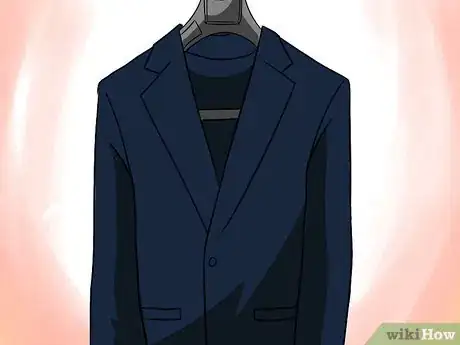
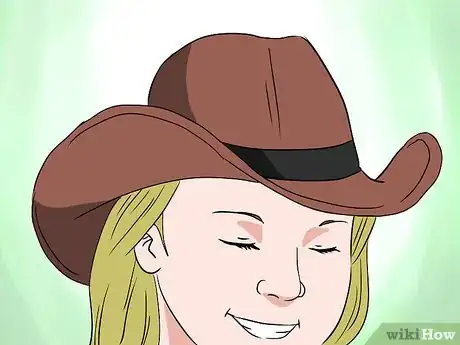
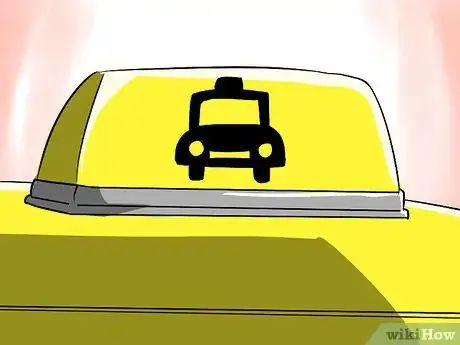
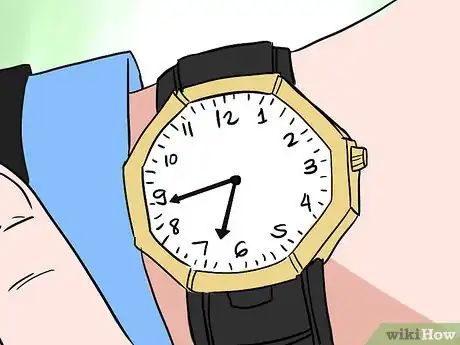
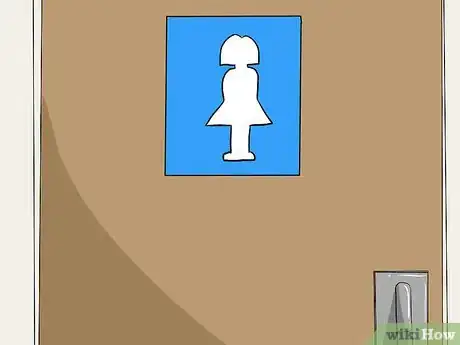
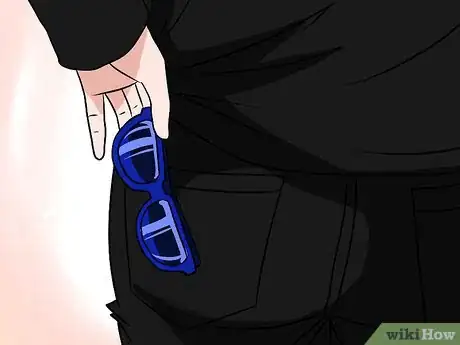

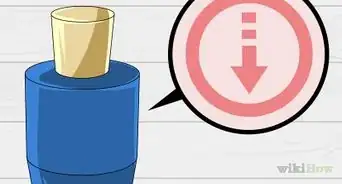
-Step-5-Version-4.webp)
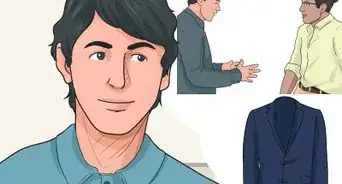
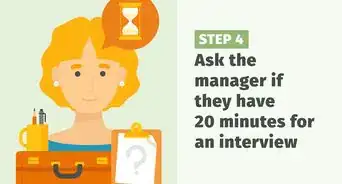
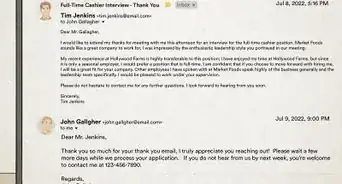
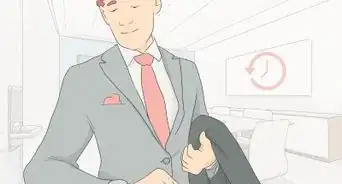
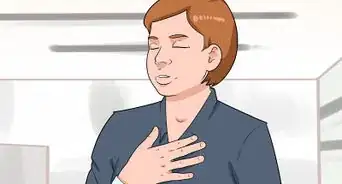
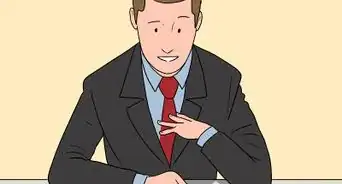

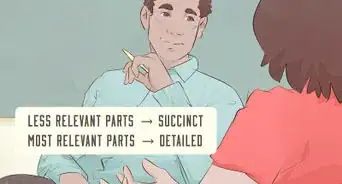
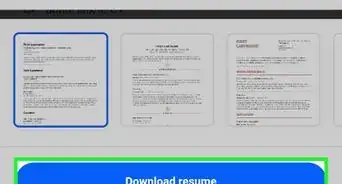
-Step-3-Version-2.webp)








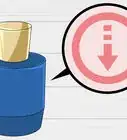
-Step-5-Version-4.webp)
